How to spray cherries before and after flowering?
It is more useful for the productivity of the garden to process cherries and cherries in the spring than to treat diseases and destroy pests at the time of their activity. The larvae in fruits lead to a decrease in their quality and the yield of the tree as a whole. Damaged leaves will not be able to provide the tree with all the necessary functions that the green mass of the plant performs. The tree often weakens and suffers from frost.
Preventive measures
They begin to take care of cherries even with the last light frosts, when the tree is cut.
- After spring pruning, the branches are carefully removed near the cherry, the remaining foliage and burned.
- Examine the bark, clean out the cracks and cover up the damage with garden pitch.
- Before the kidneys awaken, they are sprayed with drugs that destroy pathogens and part of hibernating pests.
Early spring processing
Trees are sprayed with concentrated solutions of potent drugs of choice at low above-zero temperatures:
- 700 g of urea is diluted in 10 liters of water, the soil near the cherry and the whole tree are cultivated;
- 3% Bordeaux mixture (300 g of copper sulfate and 400 g of quicklime per 10 liters of water);
- 100 g of copper sulfate is dissolved in 10 liters of water;
- 300 g of ferrous sulfate per 10 liters of water;
The Horus fungicide has proven itself well. Cherries are treated with the drug on the kidneys a few days after using the above funds. Some gardeners prefer treatment with this fungicide only.
Experienced gardeners carry out preventive early spring spraying, thus clearing the tree from spores and pest larvae.
What diseases are typical for cherries?
Fungal diseases threaten cherries and cherries equally. Cherries are pruned in moderation, so its crown often turns out to be thickened, which creates the preconditions for the occurrence of a focus of damage by spores of any fungus. Years with a large amount of precipitation and prolonged cool weather are especially favorable for the development of diseases.
Moniliosis
After flowering, the tops of the cherry branches wither and turn brown, stand as if burnt. Spores enter the wood during flowering through flowers. Fruits also die on the entire tree - spores penetrate through insect damage. The berries rot and become covered with gray mycelium.
The fight against the disease is only warning:
- all infected branches from cherries are removed and burned;
- before flowering, use "Topsin-M", "Kuprozan", "Ftalan", "Kaptan", "Oleocobrite";
- for faded cherries, the same means are used and "Tsineb", copper oxychloride, and other fungicides;
If they were not sprayed with iron or copper sulfate, Bordeaux mixture on the buds in early spring, then the cherries are processed on the buds, but with a 1% solution.
Coccomycosis
The leaves are covered with brown small dots and spots, turn yellow and fall off over time. The fruits are also affected.
- Prophylactically on young leaves apply the fungicide "Skor", 3% Bordeaux mixture.
- Faded cherries are sprayed with copper chloride, Topsin-M, Skor.
- After picking the berries, use 0.4% copper oxychloride.
Clasterosporium disease
Leaf blade with reddish-brown spots, in the place of which holes are later formed. The fruits are deformed. Treat with 3% Bordeaux mixture, applying on faded cherries and immediately after the lesions are noticed.
Anthracnose
In prolonged rainy weather, tubercles form on the berries, which are then covered with a bloom of mycelium.
- Three times cherries are treated with the preparations "Poliram", "Topsin-M", "Topaz", "Horus" - in the phase of creating buds, after flowering and after 14 days.
- After picking berries, apply a 1% solution of copper sulfate.
Scab
Black scabs are visible on the berries. The use of fungicides "Skor", "Horus", "Raek", "Captan" or 1% Bordeaux liquid helps to cope with the disease. They are also sprayed with cherries after flowering and harvesting.
Using vitriol can burn the leaves. It is better to do a test spraying on one branch first.
When to spray cherries and cherries from pests?
Various garden pests also love the dense crown of cherries. Their appearance on the tree is also prevented by processing in early spring or by installing trapping belts (these structures prevent crawling insects from climbing to the leaves). The main rule when processing cherries is strict adherence to agrotechnology: spray until the buds bloom, until the cherry begins the process of sap flow. In addition to the above-mentioned solutions based on vitriol, biological agents "Healthy Garden", "Akarin", "Fitoverm" are used once a month.
Cherry aphid
The curled leaves on the tops of the twigs are home to aphid colonies that feed on the sap of the plant.
- They fight against aphids on cherries with infusions of garlic, onions, tobacco, wood ash, adding a solution of laundry soap.
- Before budding should be treated with insecticides "Iskra", "Decis", "Inta-Vir".
- After flowering - the same products, as well as "BI-58", "Fitoverm".
Cherry shoot moth
Small (up to 6 mm) yellowish-green moth caterpillars destroy buds, buds, tiny ovaries and opening leaves. They begin to fight moths, noticing small moths near cherries with the first warm days. Effective use of insecticides "Metation", "Decis", "Aktara" and others.
Cherry weevil
After hibernating in the near-trunk circle, the pest beetle climbs up the cherry trunk to feed on the buds, flowers and ovaries. In the ovaries, it lays the larvae, which spoil the core of the bone.
- Cherry and cherry trees are cleaned of exfoliated bark, which is burned.
- The exposed areas are whitewashed with lime.
- The trunk circle is dug up.
- After flowering, cherries are sprayed with insecticides.
Slimy sawfly
Small black creatures on cherry leaves, resembling shellless snails, feed on the delicate upper tissues of the leaf blades. Only one vein can remain on the leaves. The entire tree suffers from a lack of photosynthesis processes if the pest has spread widely over it. The sawfly has been damaging trees since mid-summer.
For prevention, the soil under the cherries is dug up and loosened. If more than 10% of the leaves are affected, use insecticides "Inta-Vir", "Aktara", "Cyanox". All work is carried out, guided by the annotations for potent substances.
Plum moth
The butterfly uses cherry ovaries for laying. The larvae feed on the pulp.
- So that the cherry is not wormy, they dig the soil under the tree.
- During the emergence of the caterpillars, the biological product "Bitoxibacillin" is used.
Cherry fly
Fly larva, affecting middle and late cherries, feeding on pulp. For worms use insecticides "Dimethoat", "Diazinon", "Spinosad".
Gardeners have begun to fight against numerous pests and diseases of cherries since March. By keeping the garden clean and not skipping preventive treatments, you get a good crop, not spoiled by insects. When spraying trees with chemicals, carefully study the attached instructions.
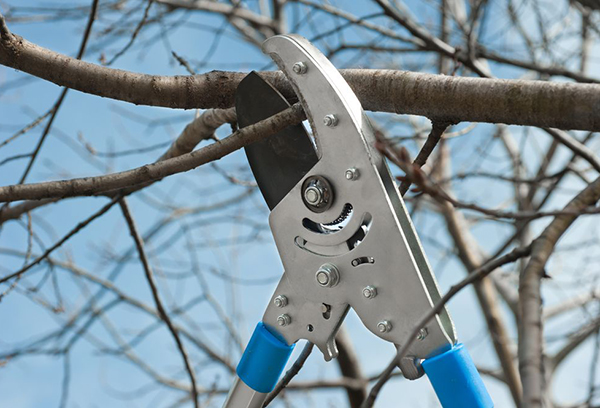
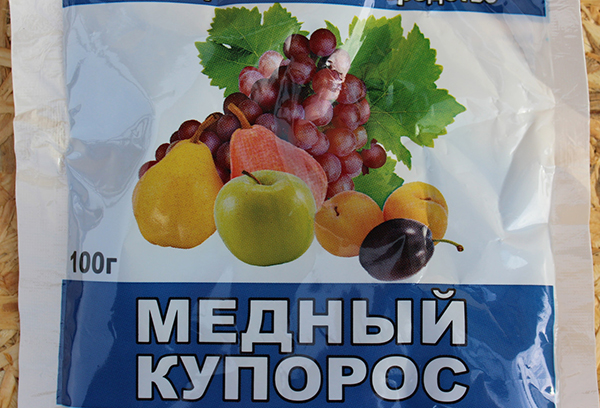
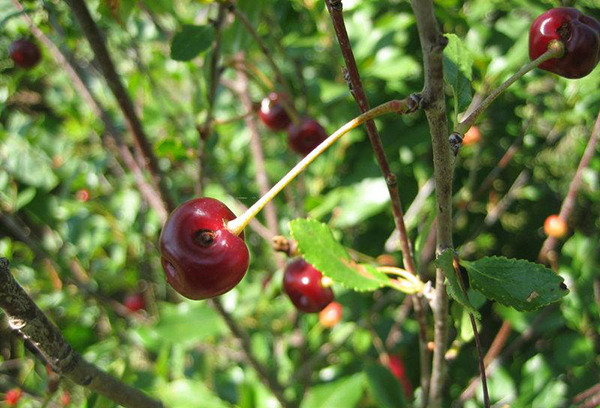
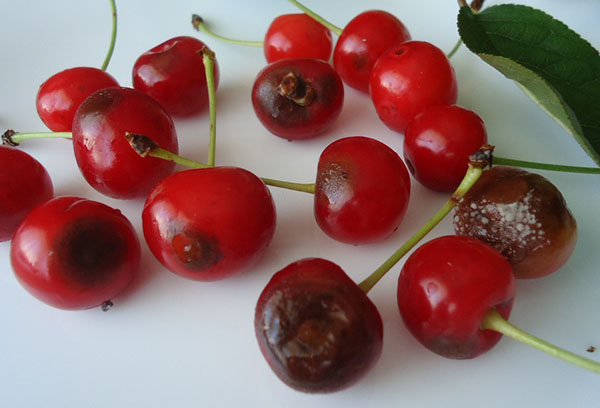
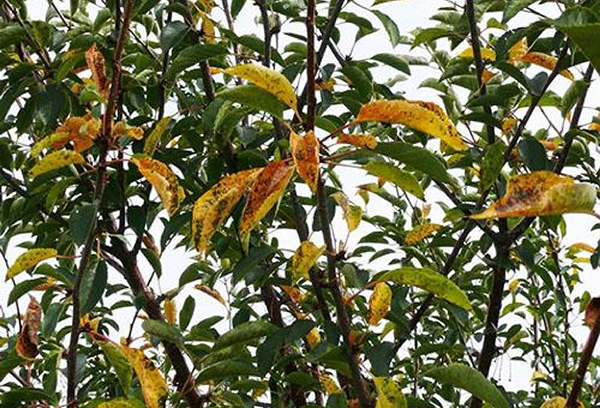
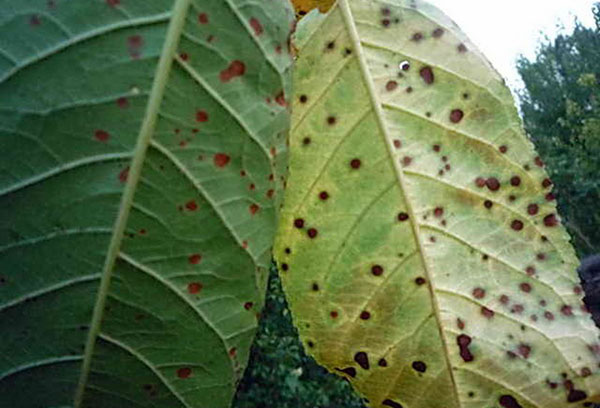
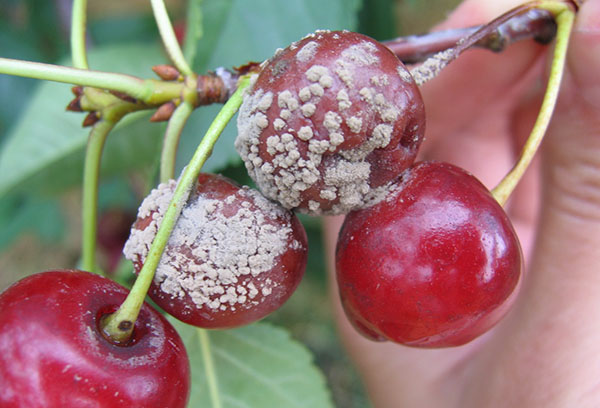
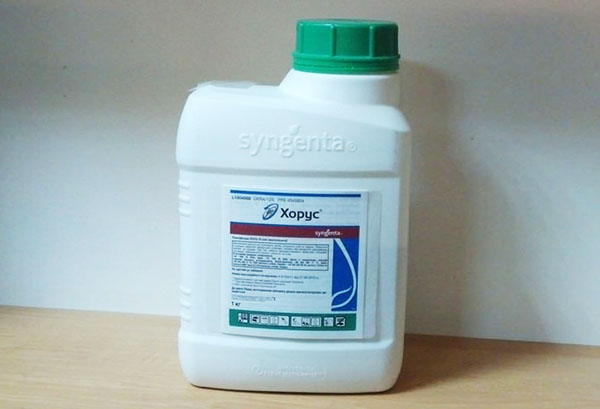
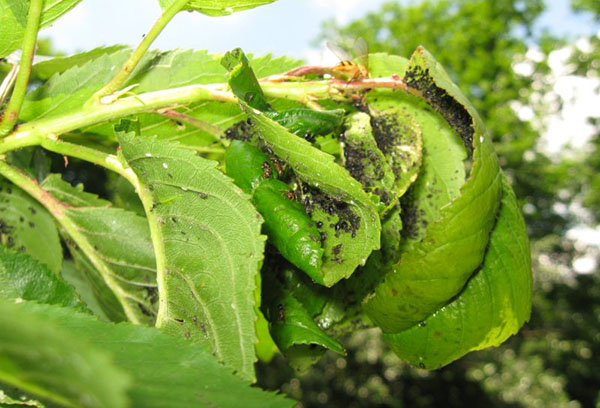

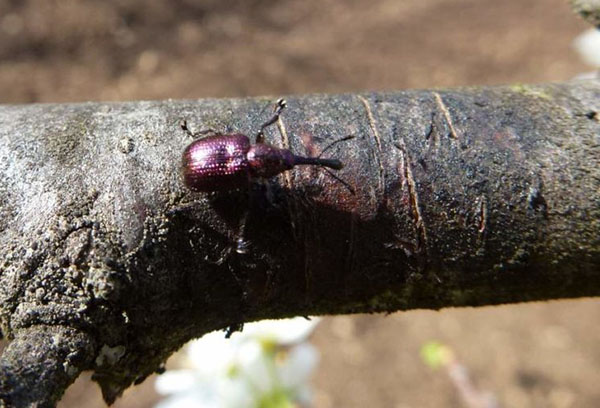

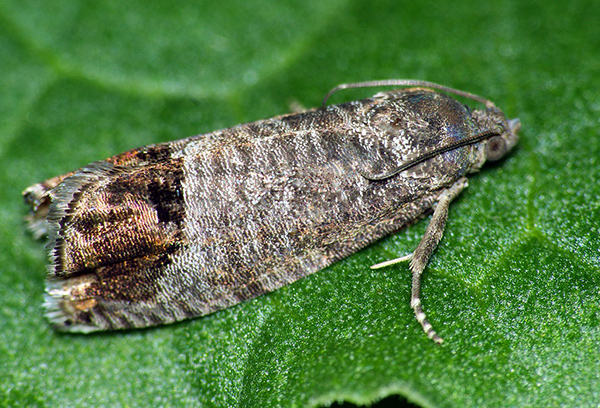
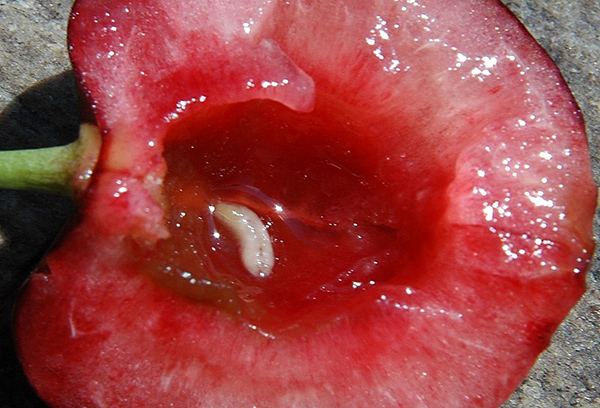
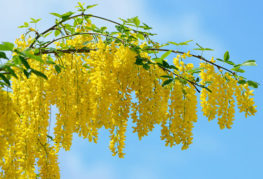
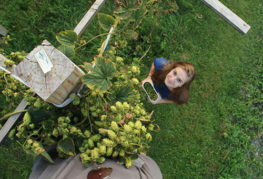
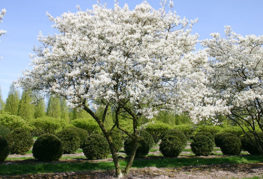
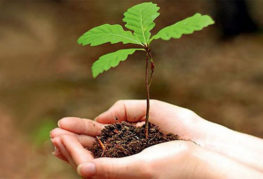
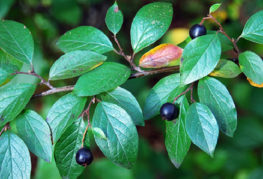
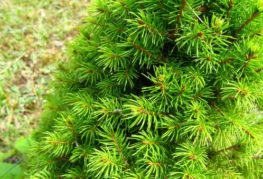
and will be published shortly.